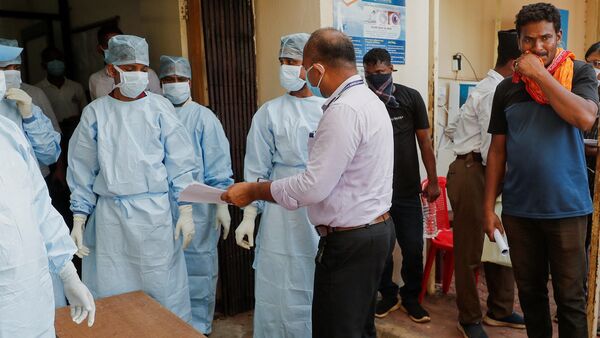
The Odisha train accident refers to a tragic incident that occurred in Odisha, India. The accident involved the collision of the Shalimar-Chennai Central Coromandel Express, the Bengaluru-Howrah Superfast Express, and a goods train.
The collision resulted in the death of 278 people and left over 1,100 injured. The accident prompted a preliminary probe, which revealed indications of “deliberate interference” in the signaling system. This led to suspicions of sabotage or tampering with the electronic interlocking system, which is responsible for detecting train presence and ensuring safe operations.
Due to these findings, the Central Bureau of Investigation (CBI), a professional investigative agency, was brought in to conduct a thorough investigation.
The CBI team arrived at the accident site in Balasore to initiate the inquiry. Their main objective is to determine the cause of the accident, identify any individuals or entities responsible for the interference in the signaling system, and ensure appropriate legal action is taken.
In the aftermath of the accident, the focus has shifted to restoring confidence in the safety of railway operations and implementing measures to prevent similar mishaps in the future. This includes examining and reinforcing the integrity of signaling systems, improving railway safety practices, and enhancing overall safety measures within the Indian railway network.
The identification process for the victims is also ongoing, with 101 bodies yet to be identified out of the 275 people who died in the accident. Authorities have been working to identify the bodies and facilitate their handover to their respective relatives.
The injured victims are receiving treatment in various hospitals, with around 200 individuals still undergoing medical care.




